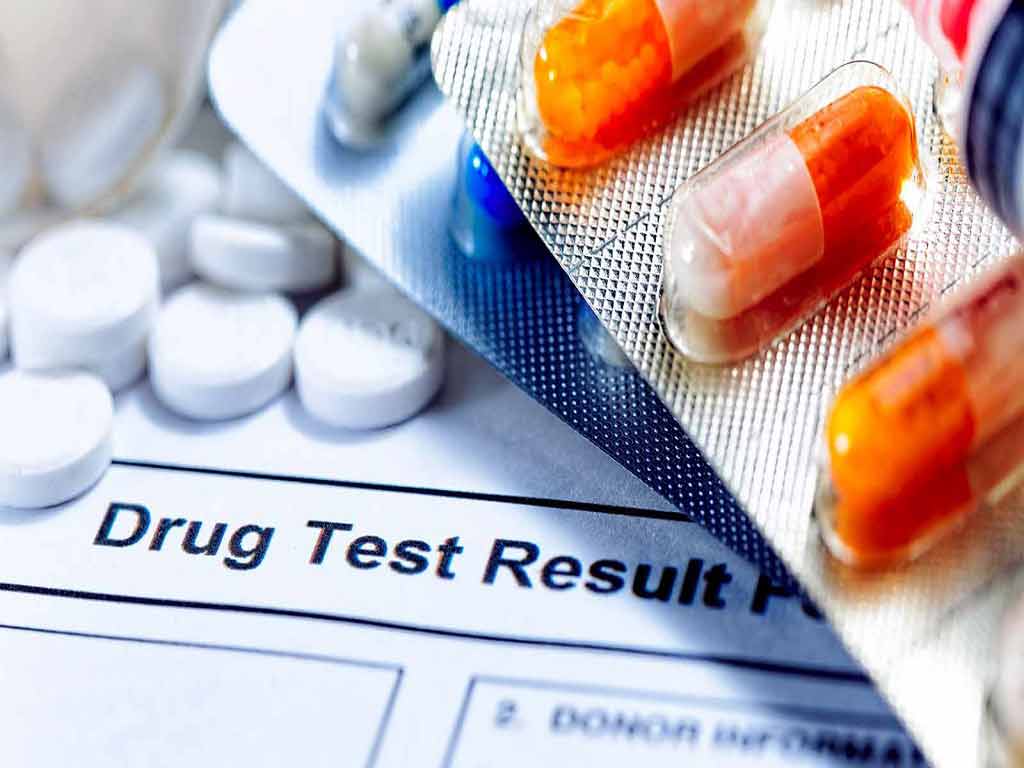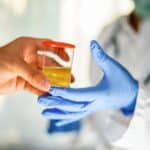Drug and Alcohol Assessment Urine Test: What It Is and the Procedure
30 November, 2023

A drug and alcohol assessment urine test is a diagnostic procedure that analyses a urine sample. It can detect the presence of illicit drugs and alcohol in the body. The procedure involves individuals submitting a urine specimen into a designated container, which they or professionals then seal for laboratory testing. In rapid screening, people apply a urine sample to a test strip or card. This test helps assess substance use and can provide valuable information for treatment and intervention.
Alcohol and drug abuse has been a longstanding issue in society. It has an impact on the physical and cognitive functions of the individual, posing a risk to themselves and others. In the workplace, it has led to numerous accidents and decreased productivity. Consequently, organisations implement regular screening, including urine testing, as part of their workplace policy. This article will provide information on alcohol and drug assessment urine tests, including the procedures and interpretation of the results.
Drug and Alcohol Assessment Urine Test – What It Is?
A drug and alcohol assessment urine test is a screening tool. It can detect the presence of illicit drugs, prescription medications, and alcohol in the system of a person. Accredited health professionals often use this method to assess and monitor substance use disorders during addiction treatment. The test works by analysing a urine sample for the presence of specific drug classes and drug metabolites.
When a person takes drugs or alcohol, the body metabolises these substances, creating byproducts known as metabolites. These metabolites are excreted in the urine, and the urine test can detect their presence. If urine tests detect substances, it is vital to undergo further laboratory analysis to confirm the results.
Employers may utilise urine tests to ensure workplace safety and compliance with company policies. The fast turnaround time of the result makes it an efficient tool for assessing the influence of alcohol and drugs on employees. Overall, urine testing is an important tool in identifying and addressing substance use disorders.
Advantages Over Other Testing Methods
- Urine testing is a less invasive and intrusive method compared to hair testing, which requires the collection of a larger sample of hair follicles.
- It can detect a wider range of substances compared to saliva tests.
- It can provide a longer detection window for substances. This makes it more useful for monitoring drug or alcohol use over a longer period.
- It is more cost-effective than hair and blood tests, which require specialised equipment.
- It is less susceptible to external contamination compared to saliva tests.
- It can be easily stored and transported for analysis compared to blood tests.

Drug and Alcohol Assessment Urine Test – The Process
The process for drug and alcohol assessment urine test is straightforward. Individuals need to submit a urine specimen into the designated container, filling it up to a predetermined level. The sample must be fresh and free from contamination. A health professional or lab technician then seals the container for testing. Adhering closely to the provided instructions is essential to guarantee the accuracy and validity of the test.
In rapid screening, a urine sample is applied to a test strip or card. The strip indicates the presence of drugs or alcohol through colour changes or the appearance of a line. In contrast, Gas Chromatography/Mass Spectrometry (GC/MS) tests involve analysing the specimen in a laboratory using sophisticated equipment to detect substances. Results for GC/MS tests are typically ready within 24 to 48 hours.
Several factors influence the accuracy of the test. Adulteration, altering the sample composition, may lead to false results. Certain foods or beverages can cause false positives. The chosen testing method must be appropriate for the drug class being examined. Furthermore, proper handling and storage of samples are vital for accurate results.
What Substances Can be Detected?
Urine drug and alcohol screening can detect multiple substances simultaneously. The most common drugs are marijuana, cocaine, amphetamines, opioids, and benzodiazepines. These drug classes can have a significant impact on a person when taken in excessive amounts. Various substances can have different effects on the functions of the brain and central nervous system.
Alcohol is another substance that is detectable in urine. Companies may include ethanol when checking for intoxication in the workplace. However, for alcohol testing alone, a workplace breathalyser is more convenient. Employers may also conduct substance screenings using multi-panel urine test kits or laboratory testing.

Drug and Alcohol Assessment Urine Test – Understanding the Results
Understanding the results of a drug and alcohol assessment urine test means distinguishing between negative and non-negative outcomes. A negative result indicates that the person did not use drugs or alcohol within the specified detection period. This generally means people followed the substance-use rules, which is a good result.
On the other hand, a non-negative result means the presence of substances was detected. In such cases, it is crucial to proceed with confirmatory testing to validate the initial findings. It is typically conducted in a laboratory and provides more detailed insights into the specific drugs present and their quantities. Confirmatory testing not only checks the initial results but also thoroughly analyses the urine sample.
A Medical Review Officer (MRO), when applicable, evaluates the test results before releasing the outcome to the client or employer. This additional step ensures a thorough and accurate interpretation of the findings. Employers and healthcare professionals should consider the context and any potential factors that may influence the test outcome before making decisions.
Is There a Possibility for a False Positive?
False positives can occur due to a range of factors. It is when the test results detect substances when a person has not taken drugs or alcohol. A urine screening may produce a non-negative result because of interfering substances contaminating the sample. For instance, cleaning agents, perfumes, or some medications may lead to inaccurate outcomes.
Other errors may occur as a result of improper collection and storage of samples. Additionally, poor handling and transportation of the sample can lead to incorrect results. This could be due to sample degradation. Lastly, certain medical conditions may also interfere with the results.
Conclusion
The drug and alcohol assessment urine test is a crucial screening tool to detect illicit drugs, prescription medications, and alcohol in the system of the person. The process involves providing a urine sample, following specific instructions, and sealing the container for testing. Rapid screening uses test strips for quick results, while more detailed GC/MS tests, conducted in a lab, take 24 to 48 hours. This test is crucial for ensuring safety and compliance in various settings.
Understanding the urine test results involves distinguishing between negative and non-negative outcomes. A negative result indicates no substance use, while a non-negative means the presence of substances was detected. Furthermore, false positives can happen due to sample contamination from substances like cleaning agents or medications. Errors in sample collection, storage, and transportation may also contribute to inaccurate results. Therefore, it is crucial to consider these factors to avoid misinterpretation of the urine test results.






























